The 34th London FP&A Board was hosted on September 24, 2024, in The St. James’s Clubhouse near the iconic Trafalgar Square in London.
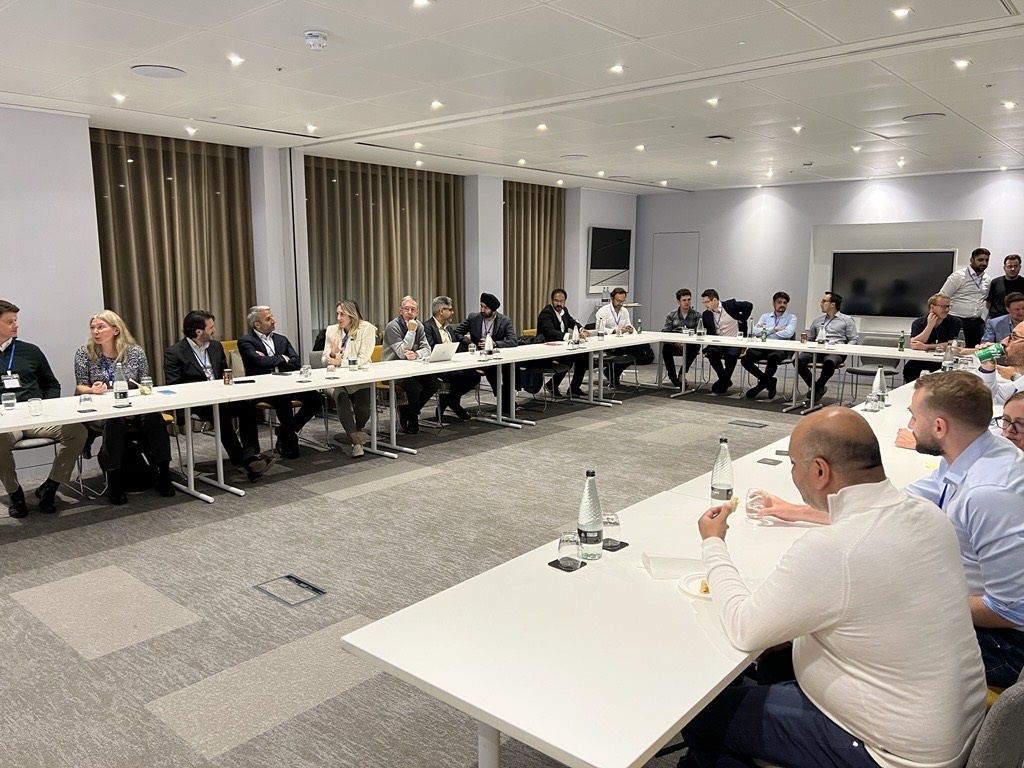
Figure 1: London FP&A Board №34, September 2024
Larysa Melnychuk, CEO of FP&A Trends Group and Founder of the International FP&A Board, chaired this meeting sponsored by Pigment in partnership with Michael Page and International Workplace Group.
The event’s agenda focussed on agile strategies for forecasts and scenarios. The focus was on debunking FP&A myths and how technology can help us improve forecasting. 27 senior finance practitioners from Gilead Sciences, National Grid, Deutsche Bank, Citi, Sony Playstation, London Business School, Financial Times, Genpact and many other companies attended the event and gave their useful insights on the current state of FP&A state in their industries and how technology can change it.
There were a few topics that were discussed:
- How FP&A drives business success through Strategic Planning and financial insight
- Agile FP&A Foundation, Measurement and Methods
- FP&A Transformation journey
- Group work
How FP&A Drives Business Success through Strategic Planning and Financial Insight
FP&A serves as a core pillar of business performance, providing essential support to CEOs and business leaders. With a commercial mindset, FP&A professionals bring a strategic perspective that helps executives make well-informed, objective decisions by removing emotional biases. Their insights and analyses empower leadership to make constructive choices that drive the company’s growth and profitability.
Here are some key ways FP&A contributes to business success:
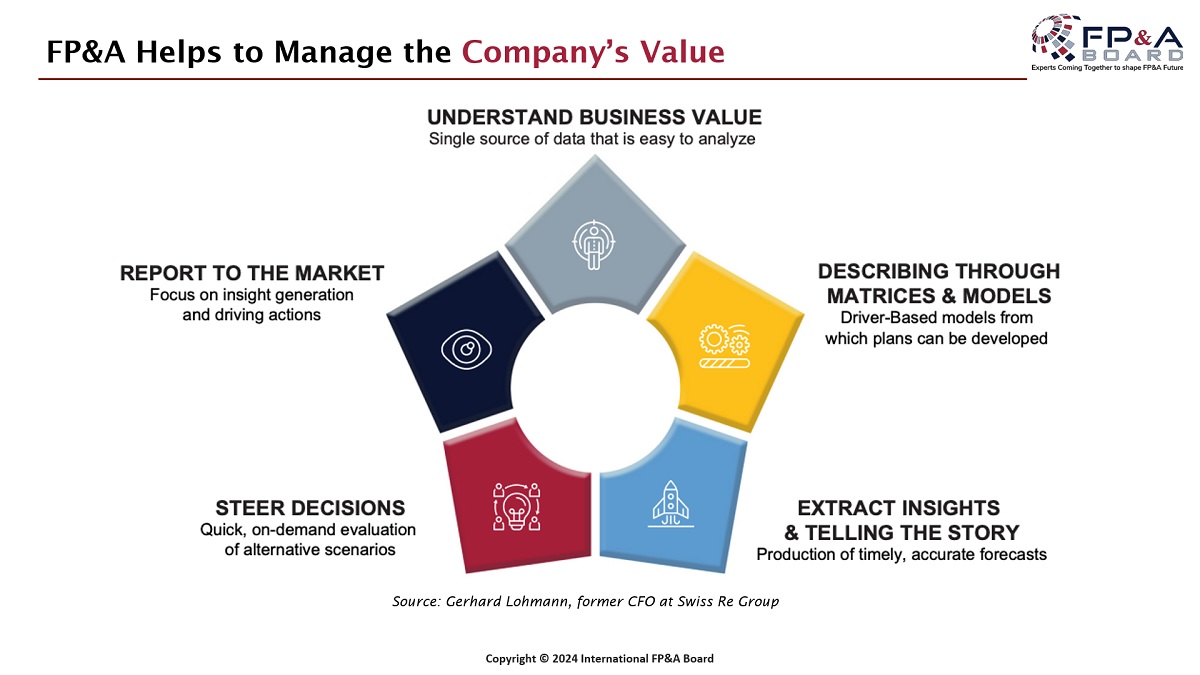
Figure 2
FP&A teams employ various approaches to planning, and there isn’t a single "one-size-fits-all" method. Some teams rely on driver-based models, others use Rolling Forecasts, and some apply growth percentage models. The choice of methods often depends on the organisation’s size, industry, and management style. FP&A professionals adapt these models to ensure they align with the unique needs and dynamics of the business, allowing for flexible and relevant financial planning as the organisation grows and changes.
The below chart shows the most used planning methods and how it has changed vs last year:
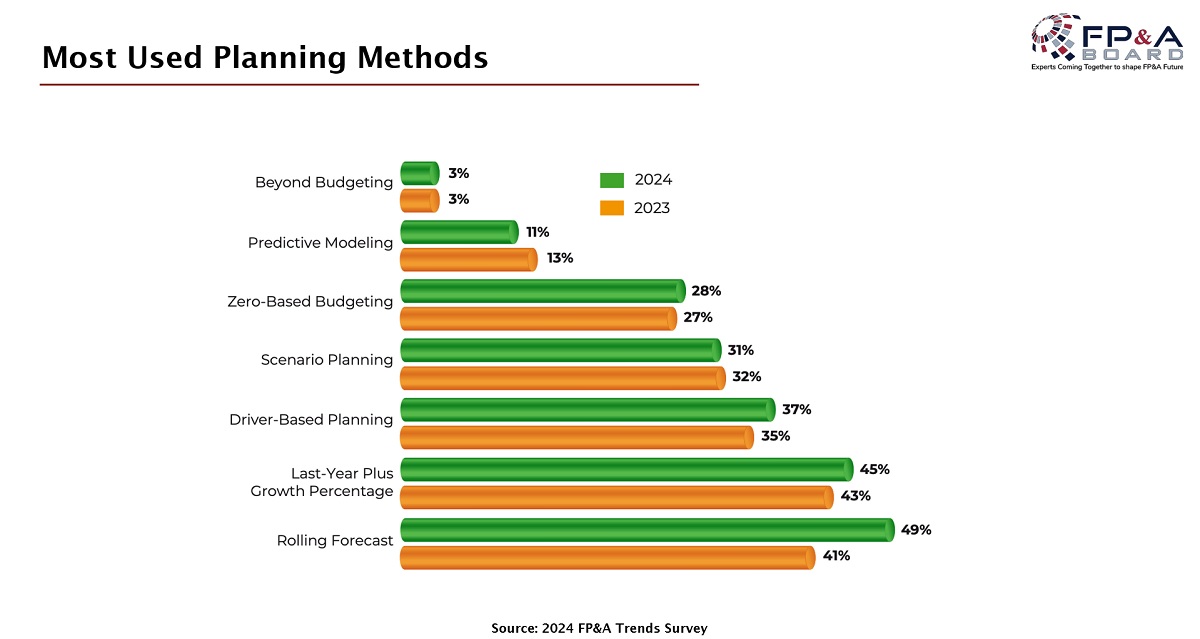
Figure 3
FP&A teams should focus on Strategic Planning, analysis, and delivering actionable insights. However, they often spend half their time on data collection and validation, leaving less time for high-value, impactful activities.
The below chart explains how much time FP&A teams spend on each activity and how it has changed over the years.

Figure 4
While planning is conducted for the foreseeable future, rapidly changing geopolitical and macroeconomic conditions are shortening the horizon for accurate forecasting. Reliance on traditional planning methods risks making our forecasts increasingly unreliable as these dynamics evolve.
The picture below explains the time and certainty span of planning:
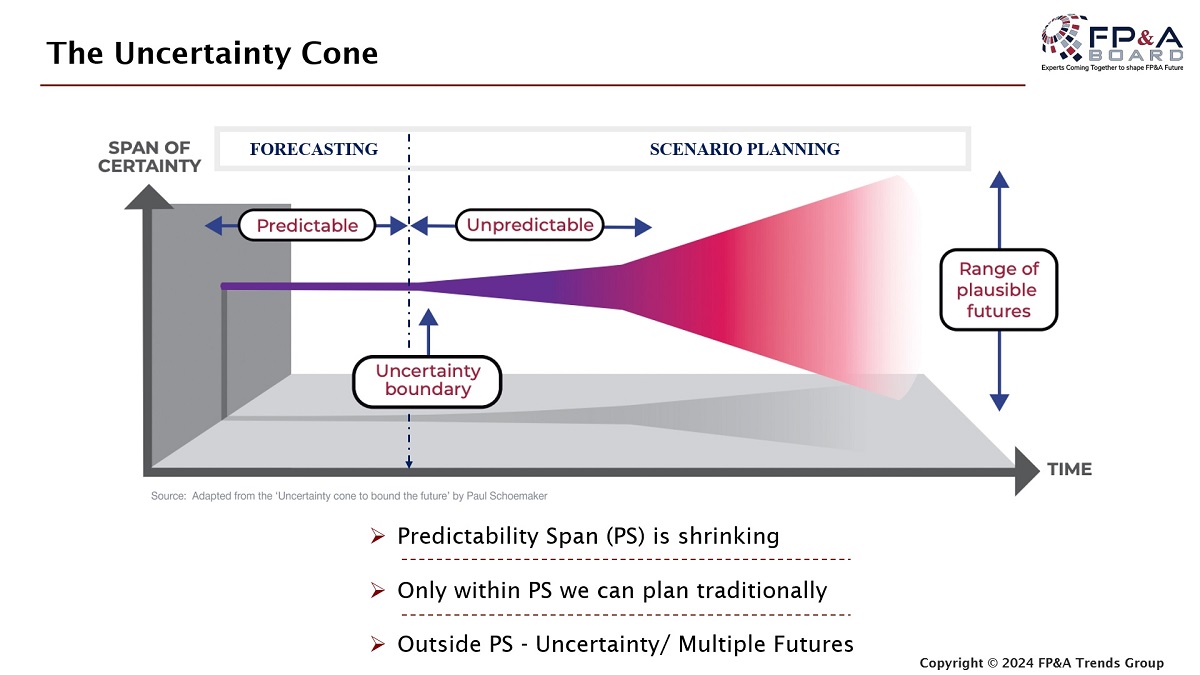
Figure 5
Agile FP&A: Foundation, Measurement and Methods
Accurate forecasting becomes even more challenging due to fast-changing global and economic conditions. Agile FP&A helps businesses respond to market changes fast while keeping financial stability and supporting shareholder value. Using real-time data and flexible planning allows for faster, smarter decisions. However, the 2024 FP&A Trends Survey shows that 78% of respondents find it difficult to run scenarios within a day, highlighting the growing need for planning agility.
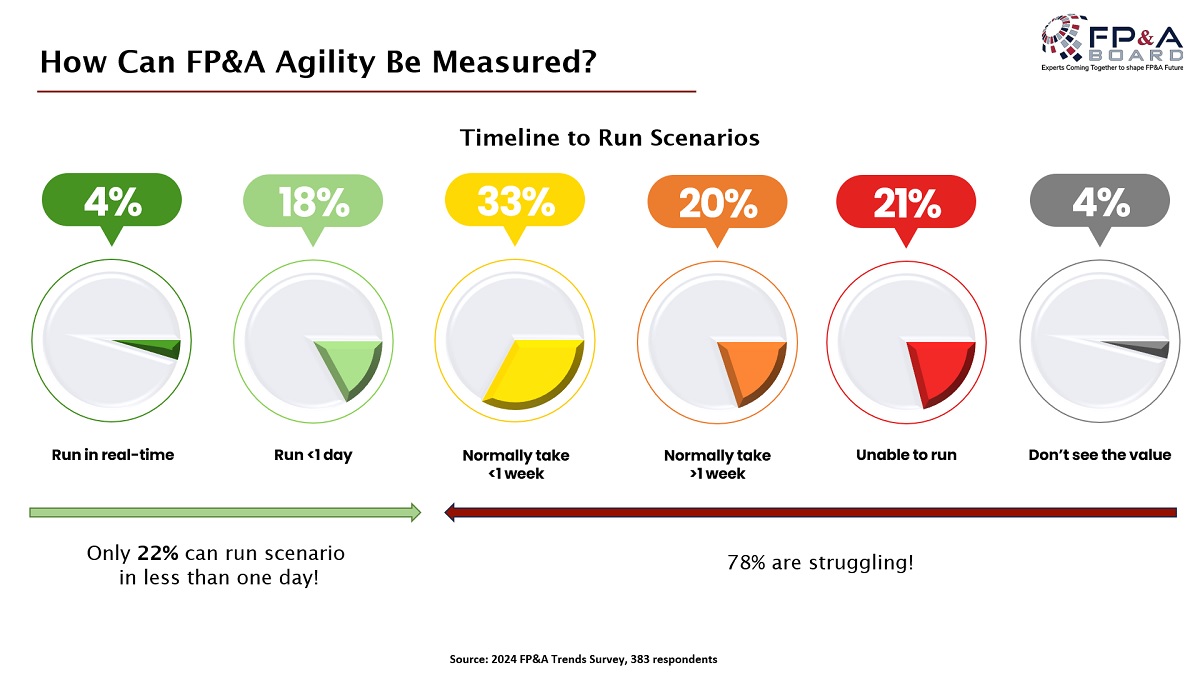
Figure 6
The agile FP&A ecosystem is based on three main things:
a. Driver-based Models
Driver-based planning is essential for agility, as it incorporates both internal and external drivers that impact forecasting. By inputting these drivers into models, outputs can be generated using statistical trends and Machine Learning (ML) algorithms, enabling more accurate and adaptable planning.
Many drivers can impact planning, so choosing the right drivers is really essential. If we select too many drivers, then the model will take more time to generate a forecast. If we select fewer drivers, then our forecast will not be correct. We should follow the Pareto principle for key drivers. Find those 20% of key drivers that can explain 80% of the results.
As per the 2024 FP&A Trends Survey, only 9% of teams use fully driver-based models. The rest either use calculated models or do not use models at all.
b. Integrated Processes and People
Integrated FP&A leverages a unified platform for continuous, data-driven decision-making, fostering cross-departmental collaboration. This approach keeps the organisation responsive to change, aligned on goals, and better prepared to navigate market volatility.
FP&A teams should have these 5 roles for successful planning:
- Analyst
- Architect
- Data Scientist
- Storyteller
- Influencer
c. Analytical platform
While numerous analytical platforms are available, spreadsheets remain the most commonly used tool in FP&A. The Survey shows that around 70% of teams still rely on spreadsheets or older consolidation systems for planning. This highlights a significant opportunity for agile platforms to modernise and enhance FP&A capabilities.
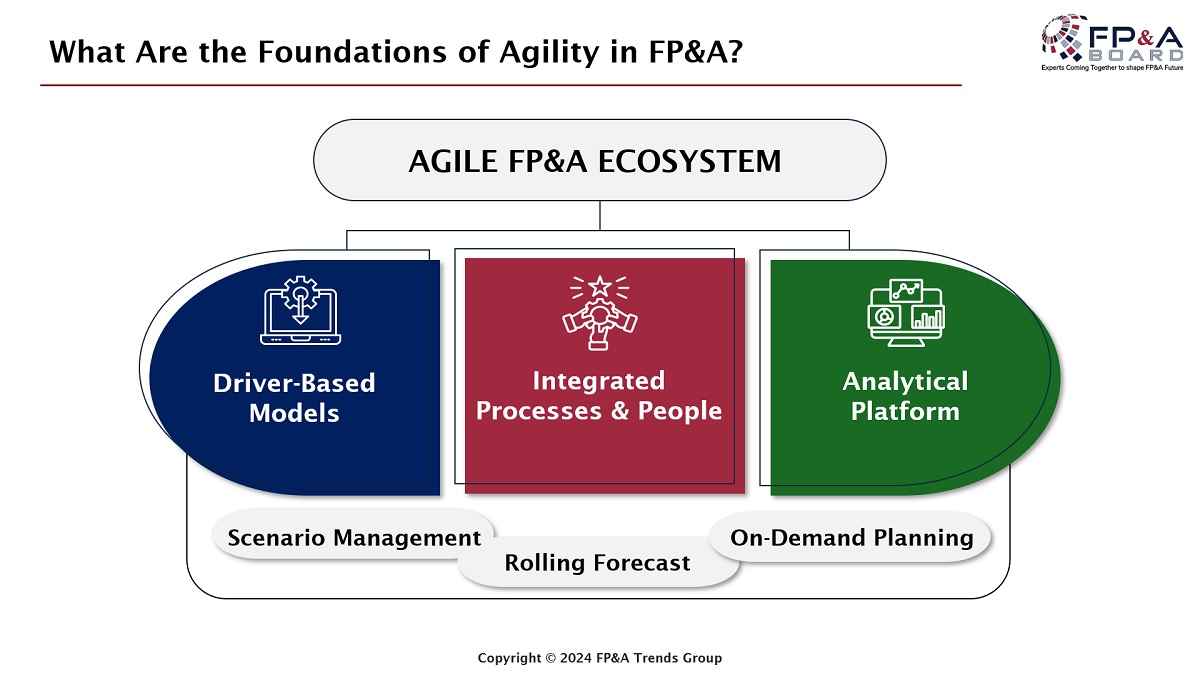
Figure 7
3. FP&A Transformation Journey
The term 'transformation' is used everywhere these days. But what does it really mean? At its heart, it’s about making big changes that improve how a company works, adapts, and grows to meet new challenges and opportunities. It is a strategic shift that enables organisations to adapt and thrive in a changing landscape. It involves rethinking processes, adopting new technologies, and fostering a culture of continuous improvement. Successful transformation aligns people, processes, and tools toward common goals, driving agility and innovation. It requires a clear vision, leadership, and a commitment to change. Ultimately, transformation positions a business to stay competitive, resilient, and responsive to future challenges.
FP&A teams also embrace this transformation. As per FP&A Trends webinars in 2020-23, only 13% of organisations are now on the advanced stage of transformation, and more than 50% are still on the basic or developing stages.
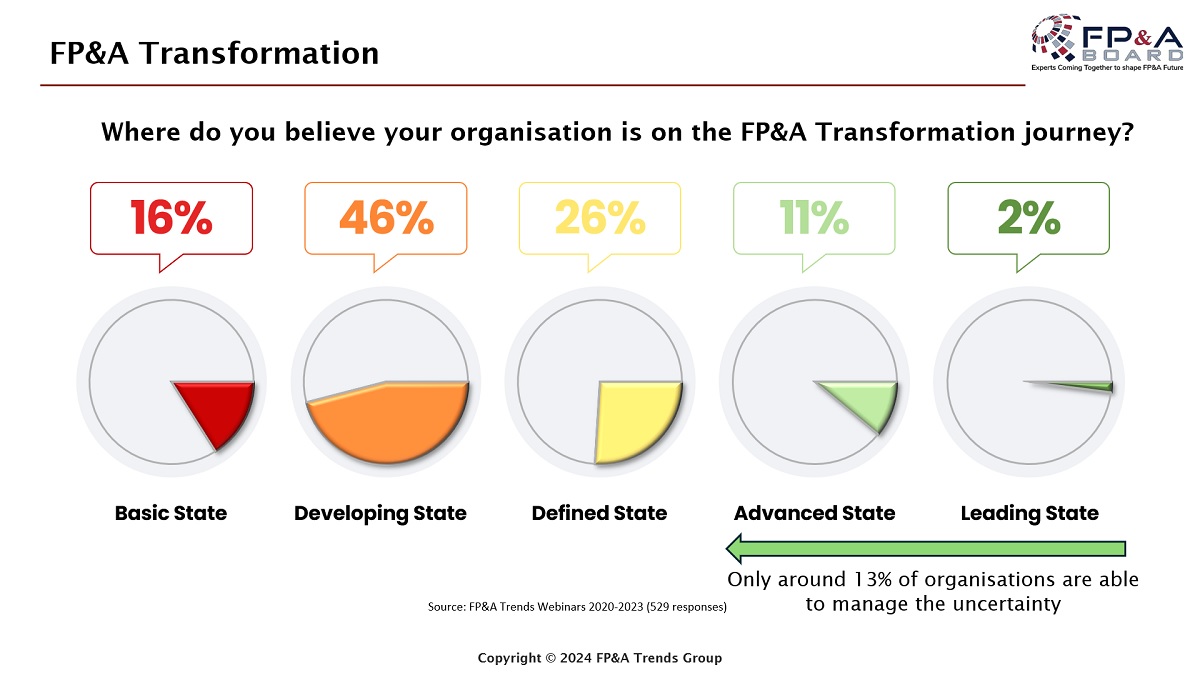
Figure 8
FP&A teams often struggle with transformation for several key reasons:
- Reliance on Legacy Systems: Many FP&A teams still use outdated tools like spreadsheets or older software, which makes streamlining processes or leveraging advanced analytics for transformation quite challenging.
- Time Constraints: A significant portion of FP&A’s time is spent on data collection, validation, and reporting, leaving little room to focus on strategic transformation initiatives.
- Skill Gaps: Transformation requires special skills in data science, technology, and Change Management, which FP&A teams may lack or find challenging to develop quickly.
- Resistance to Change: Long-established processes and comfort with traditional methods can lead to resistance, slowing the adoption of agile, data-driven approaches.
- Limited Resources and Support: Transformational efforts require investment in new tools, training, and leadership support, which can be limited in organisations that don’t prioritise FP&A’s role in strategic decision-making.
These challenges create barriers for FP&A teams, slowing down the progress needed for successful transformation.
Group Work
As the subsequent topic of the agenda, the attendees were divided into small groups, and each one got 15 minutes to discuss one of the topics below and present their group findings to everyone.
- Building a Dynamic Driver-Based Model
- Designing Value-Adding Processes
- Implementing Technology Platforms for Agility (Vendor-Agnostic)
The discussion was highly engaging, as each member brought a unique perspective shaped by their industry experience. Given the diverse backgrounds of each group, their approaches and viewpoints varied widely. However, after 15 minutes of intense debates, each group successfully reached a consensus and presented their shared insights to the other attendees.
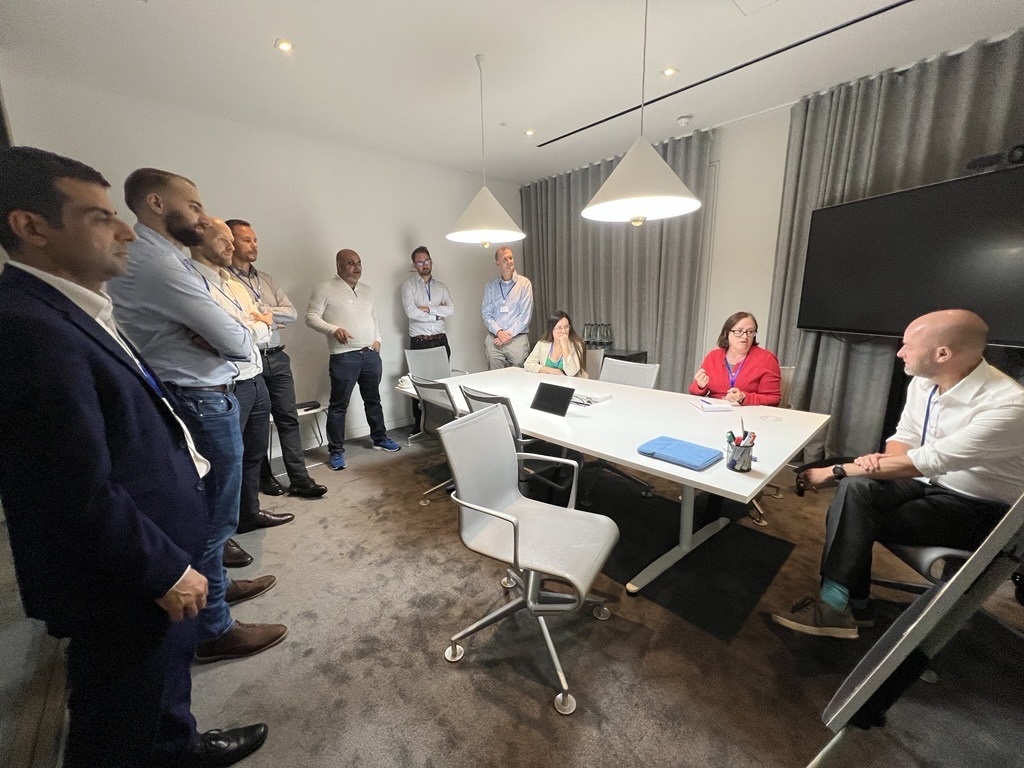
Figure 9: Group Work, London FP&A Board №34, September 2024
All the groups had a similar opinion that technology and Artificial Intelligence (AI) are set to play transformative roles in overcoming key challenges like data accuracy and legacy systems. AI/ML-driven tools can automate data validation and cleaning, drastically improving data accuracy while reducing manual effort. Advanced analytics and AI can also enhance Predictive Forecasting by identifying patterns and trends with far greater precision than traditional methods. Additionally, modern technology platforms enable organisations to move away from legacy systems, offering more agile, integrated solutions that streamline processes and foster real-time decision-making. Together, tech and AI will empower teams to operate more efficiently, accurately, and strategically.

Figure 10: Group Work, London FP&A Board №34, September 2024
Each group highlighted the importance of a flexible mindset and data quality for becoming agile. Identifying value drivers and establishing effective data strategies are equally important for your business.
The meeting turned out to be a thoroughly successful evening with engaging exchanges from each individual. It ended up with lively networking at the venue.







